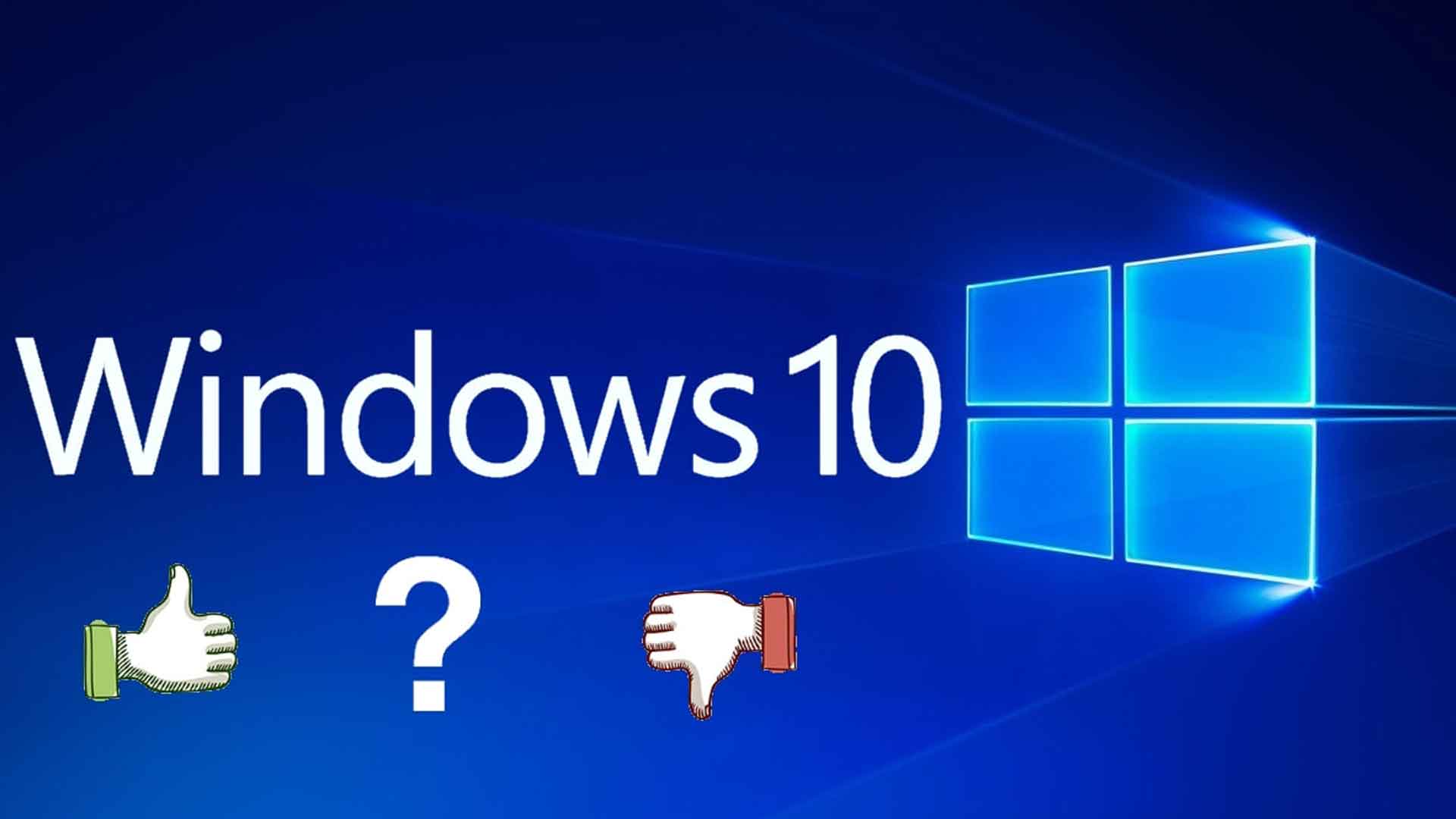Printing has experienced remarkable transformations over time, driven by technological advancements and evolving consumer preferences. Among the notable innovations in the printing industry are UV printers and DTG printers, both of which have reshaped the way we perceive and practice printing. These cutting-edge devices offer enhanced capabilities and a multitude of advantages. In this article, we will explore the distinctive features and benefits of UV and DTG printers, shedding light on their significant contributions to the evolution of the printing landscape.
The Versatility of UV Printers
UV printers have emerged as game-changers in the printing realm, particularly for flat surfaces and a wide variety of materials. By harnessing ultraviolet radiation, UV printers instantly cure the ink during the printing process. This unique feature ensures precise prints with vibrant color saturation. Unlike traditional printing methods, UV printing prevents ink from spreading on the substrate, resulting in exceptional print quality. Moreover, the ink hardens on the outer surface of the substrate, mitigating the risk of chemical reactions. This distinct characteristic enables UV printers to produce prints on diverse materials such as metal, plastic, stone, acrylic, and leather. Additionally, UV printing is environmentally responsible, emitting zero volatile organic compounds, making it a sustainable choice for eco-conscious printing.
Section 2: Unleashing Creativity with DTG Printers
DTG printers have revolutionized garment printing by enabling direct printing onto fabrics. These printers have gained immense popularity for creating customized garments, particularly personalized t-shirts. DTG printing involves the direct application of ink into the fabric’s fibers, resulting in seamless and tactile prints. One of the primary advantages of DTG printing is the extensive color options available, not only for white garments but also for colored ones. With the aid of digital software, intricate designs can be effortlessly created, catering to specific customer preferences. Additionally, DTG printing utilizes water-based inks, making it an eco-friendly choice compared to traditional printing methods. The relatively low setup costs associated with DTG printing make it an attractive option for small-scale businesses and individuals seeking short production runs.
Section 3: The Impact of Technological Advancements
Advancements in UV and DTG printers have profoundly transformed the printing industry, offering numerous benefits for businesses and consumers alike. These developments have resulted in enhanced print quality, expanded versatility, and accelerated production times. UV printers deliver precise and vibrant prints with a glossy finish, safeguarding the substrate material and allowing printing on a wide range of surfaces. On the other hand, DTG printers offer unlimited color options and the ability to create intricate designs directly on garments, delivering personalized and high-quality prints. Moreover, both UV and DTG printers are environmentally conscious alternatives that contribute to sustainable printing practices.
Conclusion:
The printing industry has undergone a remarkable evolution with the introduction of UV and DTG printers. These technological innovations have revolutionized our approach to printing, offering unparalleled capabilities and advantages. UV printers have broadened the horizons of printing by enabling high-quality and eco-friendly solutions on various materials. DTG printers have empowered the customization of garments, delivering vibrant and intricate prints with ease. As technology continues to advance, we can anticipate further innovations in the printing world, making printing more accessible, versatile, and efficient for businesses and individuals.

